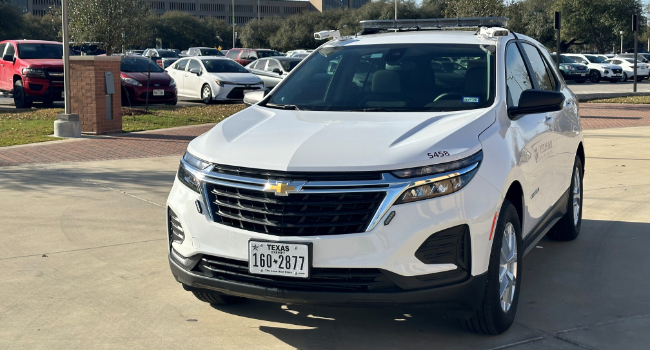
Texas A&M Modernizes Campus Parking with ALPR
Genetec Inc., provider of enterprise physical security software, recently announced that Texas A&M University is successfully using Genetec AutoVu™ automatic license plate recognition (ALPR) technology to modernize its parking enforcement system.
With a rapidly growing student and staff population, Texas A&M’s Transportation Services division faced increasing challenges in managing over 36,000 parking spaces. The manual processes of issuing and managing physical permits and conducting foot patrols for parking enforcement were time-consuming and inefficient.
Following the successful implementation of Genetec Omnicast™, Texas A&M deployed a scalable and automated solution using Genetec AutoVu ALPR to overcome these parking enforcement challenges. By equipping enforcement vehicles with AutoVu SharpZ3 cameras and installing fixed ALPR cameras at parking lot entrances and exits, the university transitioned to a more efficient, real-time monitoring system. The automated system allows enforcement teams to quickly identify unregistered vehicles and reduce patrol times. The shift to virtual permits has also eliminated the need to print out a paper receipt to put on a dashboard before a hang tag arrives in the mail. Now, vehicle information is in the system almost immediately after the customer purchases the permit.
“Moving away from paper permits and hang tags was a huge success, reducing time and resources required to enforce parking,” said Dell Hamilton, Parking Systems Manager at Texas A&M. “Leveraging Genetec AutoVu, we’re able to reallocate resources more efficiently, such as sending patrols more frequently to high violation areas, and have reduced overhead costs since we don’t print and distribute hang tags.”
With the success of the Genetec AutoVu and Omnicast implementations, Texas A&M is looking to further enhance its parking infrastructure. Transportation Services is working with T2 Systems, a Genetec partner, to implement ALPR-based access control in one of the campus garages with an existing Genetec ALPR installation. Other garages may follow. Transportation Services has also outfitted more than 60 of its transit buses with Security Center Fleet Monitoring. The remaining 30+ buses are scheduled to be completed this year.
“We’d like to continue expanding our use of Genetec ALPR. Whenever Genetec introduces a solution, it works,” said Hamilton. “Our team has been able to significantly improve our parking and transit operations using Genetec. I can’t imagine working with anyone else.”